Pegasus Bridge
Just 16 minutes into June 6th, 1944, 180 men from 2nd Oxfordshire and
Buckinghamshire landed in Horsa gliders near two important bridges.
Theses bridges were the only bridges that spanned the Orne
River and the Caen Canal between Sword Beach and Caen, the first day
objective for the amphibious troops. By capturing the bridges,
the British would protect the left flank of the invasion force from a
counterattack by German panzer divisions. This landing, under
Major John Howard was part of a much larger landing by the British 6th
Airborne Division, an operation which would also assault the Merville
Battery on the east side of the Orne.
Guarded by 50 'Germans', many of whom were actually from eastern
Europe, the bridges were quickly captured. A Germans panzer
engineer unit counterattacked at around 1:30am, but it was halted after
a panzer was blown up by a PIAT anti-tank round.

The bridge took the name 'Pegasus' from the emblem of the 6th Airborne Division.
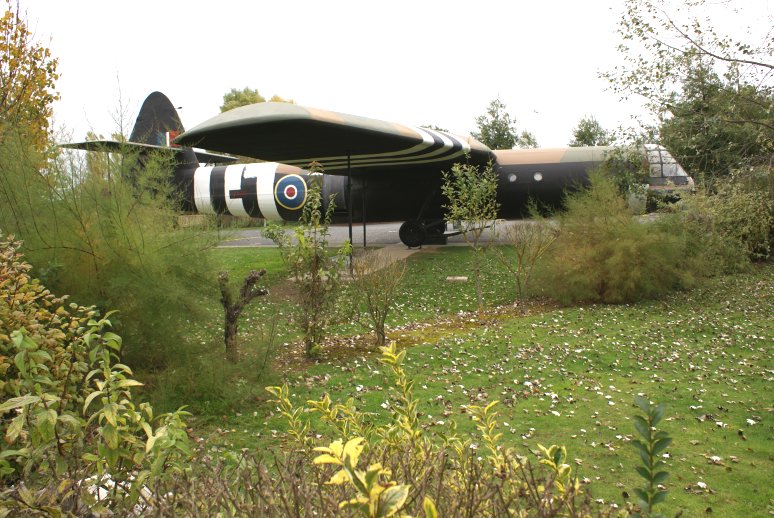
The museum includes this replica of a Horsa glider.
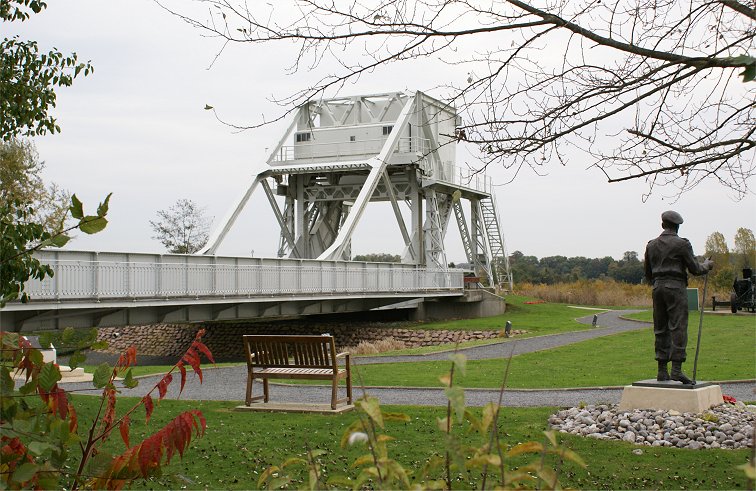
The original bridge has been moved to the museum.
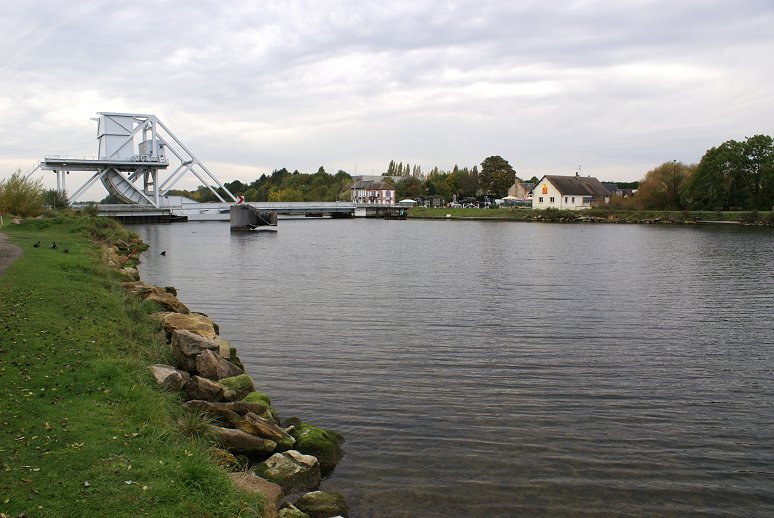
The modern replacement bridge was designed to resemble the original.
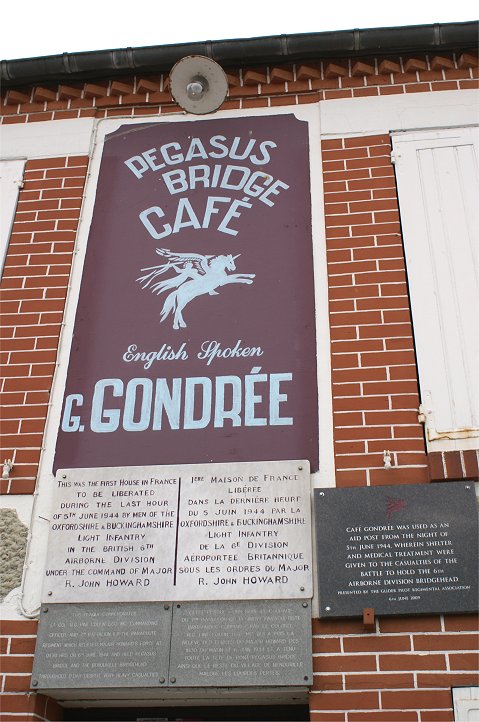
This cafe was the first house in France liberated, and it still
owned by the same family. The wife of the owner used her nursing
skills and knowledge to help the wounded while the husband dug up his
stash of champagne.
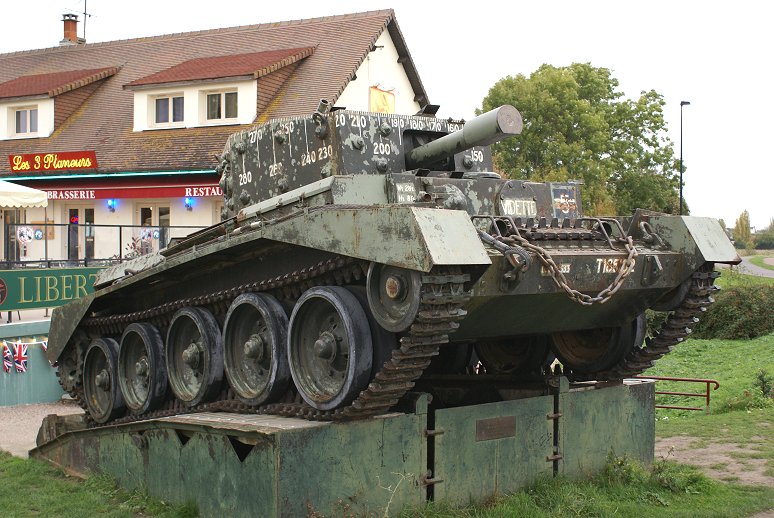
At 1pm, relief arrived in the form of the 1st Special Services Brigade
accompanied by bagpipes. This tank across from the cafe landed on
the D-Day invasion beaches.
Copyright 2010 by John Hamill





